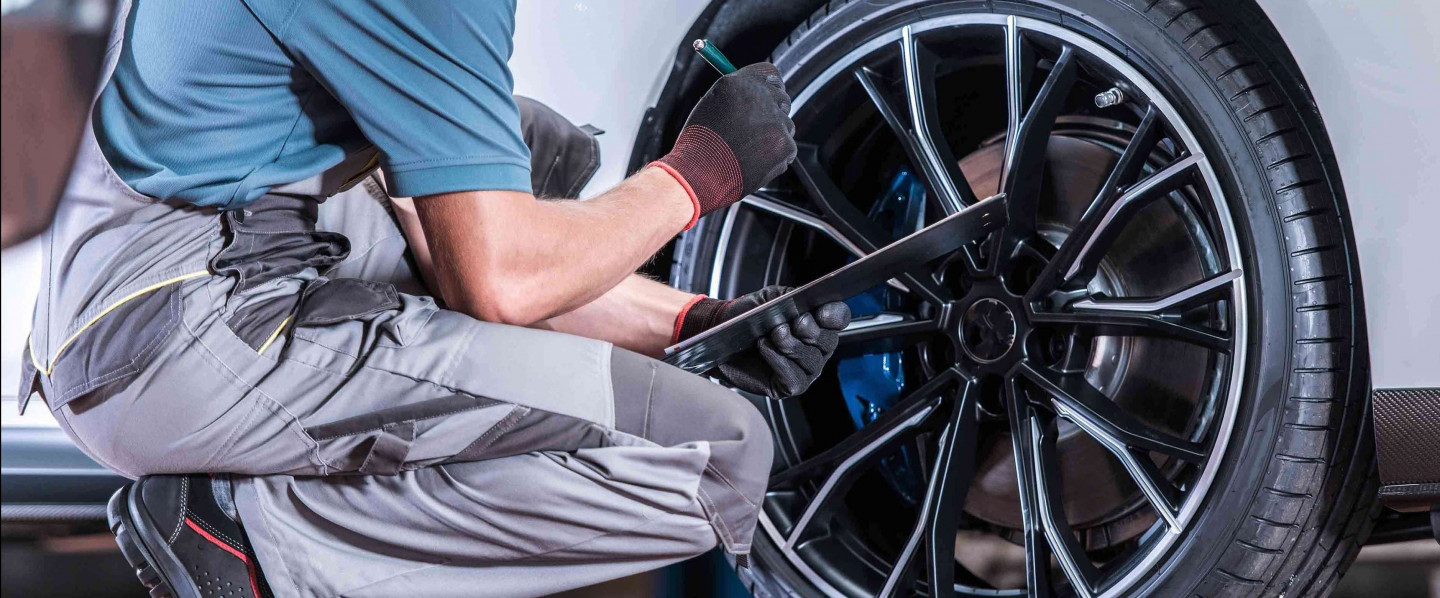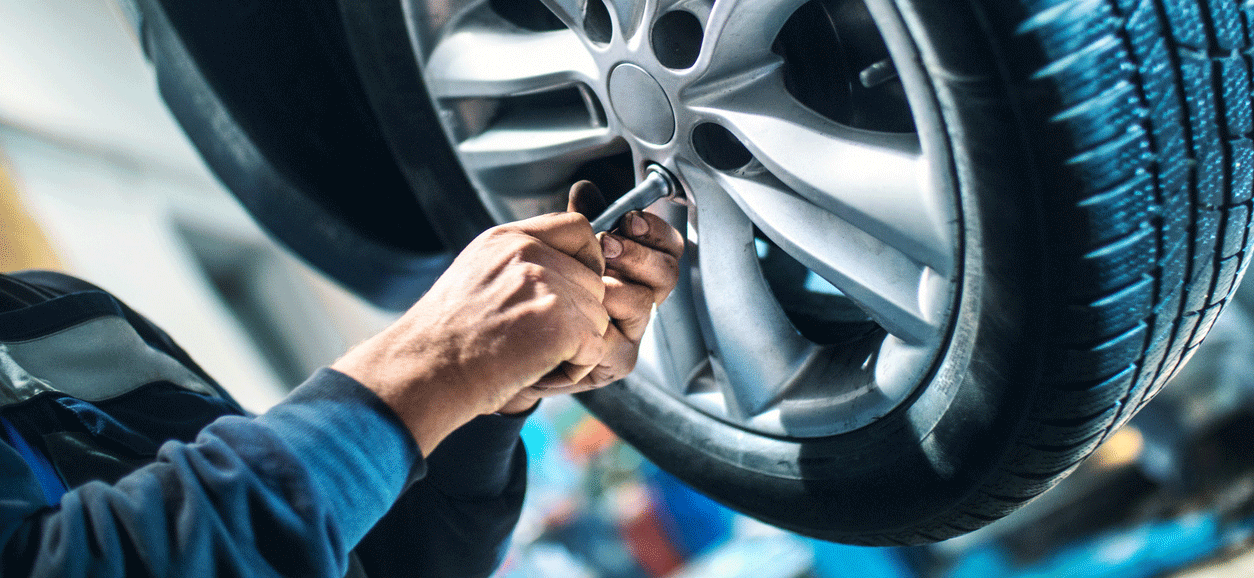Tire Repair Service Myths Debunked: Separating Fact From Fiction
In the world of automotive maintenance, tire repair work holds a substantial location, yet it is frequently shrouded in myths and misconceptions that can result in confusion for automobile proprietors. Recognizing the difference in between truth and fiction when it comes to tire repair work is critical for guaranteeing both safety and cost-effectiveness. From the mistaken beliefs bordering patching versus connecting a punctured tire to the efficiency of various tire sealants, there are several crucial areas where clearness is required to make enlightened decisions. Let's clarify some usual tire fixing myths and different them from the reality to empower you with the understanding needed to browse this necessary aspect of automobile maintenance.
Typical Tire Repair Service Misconceptions
Resolving common misunderstandings surrounding tire repair is important for maintaining roadway security and expanding the longevity of your vehicle's tires. One usual misconception is the belief that a punctured tire is irreparable and must be replaced completely. In truth, lots of leaks can be properly repaired by a professional, following sector requirements. It is necessary to understand that not all slits are produced equivalent; while some might undoubtedly require a tire replacement, the bulk can be securely fixed.
An additional misconception is the idea that a DIY tire fixing kit is an adequate remedy for all tire issues. While these sets can be convenient for short-term fixes in emergencies, they are not an irreversible solution and may not deal with the underlying issue (tire tracks morris il). Seeking the proficiency of a qualified tire service technician is always suggested to make certain the safety and security and integrity of the tire

Can You Fix a Punctured Tire?
Fixing a punctured tire is a typical method in the auto market, often executed by specialist service technicians complying with particular standards and standards. Not all leaks can be repaired. The area, size, and seriousness of the leak are crucial consider figuring out if a tire is repairable. Punctures located on the tread location of the tire are usually repairable as long as they are within a specific size restriction and do not affect the tire's structural integrity.
It is important to keep in mind that penetrates near the sidewall or shoulder of the tire are typically not repairable due to safety problems. Such areas undergo significant tension and flexing, making repair work undependable and potentially hazardous. In addition, if the leak is also big, surpassing the suggested repairable dimension, or if the tire reveals indications of interior damages, it is much safer to replace the tire completely.
The Reality Regarding Patching Vs. Plugging
When considering the fixing of a punctured tire, understanding the distinctions in between patching and plugging is vital for making informed choices pertaining to tire upkeep and safety. Patching involves repairing the tire from the within, where a patch is applied to cover the puncture.
Myth: All Tire Sealants Work

When choosing a tire sealant, consider elements such as the dimension of leaks it can efficiently fix, compatibility with tire pressure tracking systems (TPMS), and whether it is risk-free for the tire product. Remember, while tire sealants can be beneficial in emergencies, they are not a substitute for appropriate tire treatment and upkeep.
Best Practices for Handling Flat Tires
In light of the differing effectiveness of tire sealants, understanding ideal techniques for handling flat tires is essential for keeping roadway security and car efficiency. Loosen up the lug nuts, raise the lorry with the jack, remove the lug nuts and level tire, and change it with the extra tire. Store away the level tire, devices, and tools, and keep in mind to check the spare tire's stress periodically.
Final Thought
To conclude, it is very important to separate truth from fiction when it concerns tire repair service misconceptions. Comprehending the reality about covering vs. plugging, the performance of tire sealers, and ideal techniques for handling blowouts can help ensure the safety and security and long life of your tires. By exposing typical false impressions and complying with appropriate repair standards, you helpful resources can make enlightened decisions when it concerns maintaining the health of your automobile's tires.